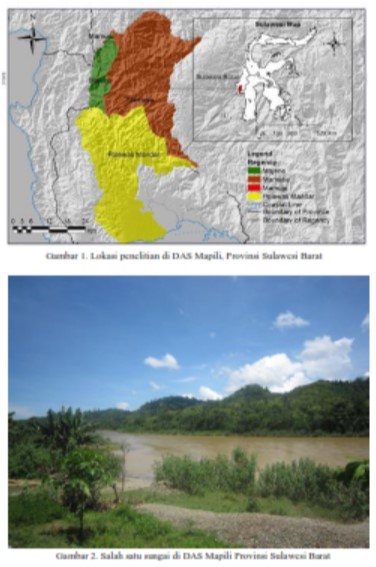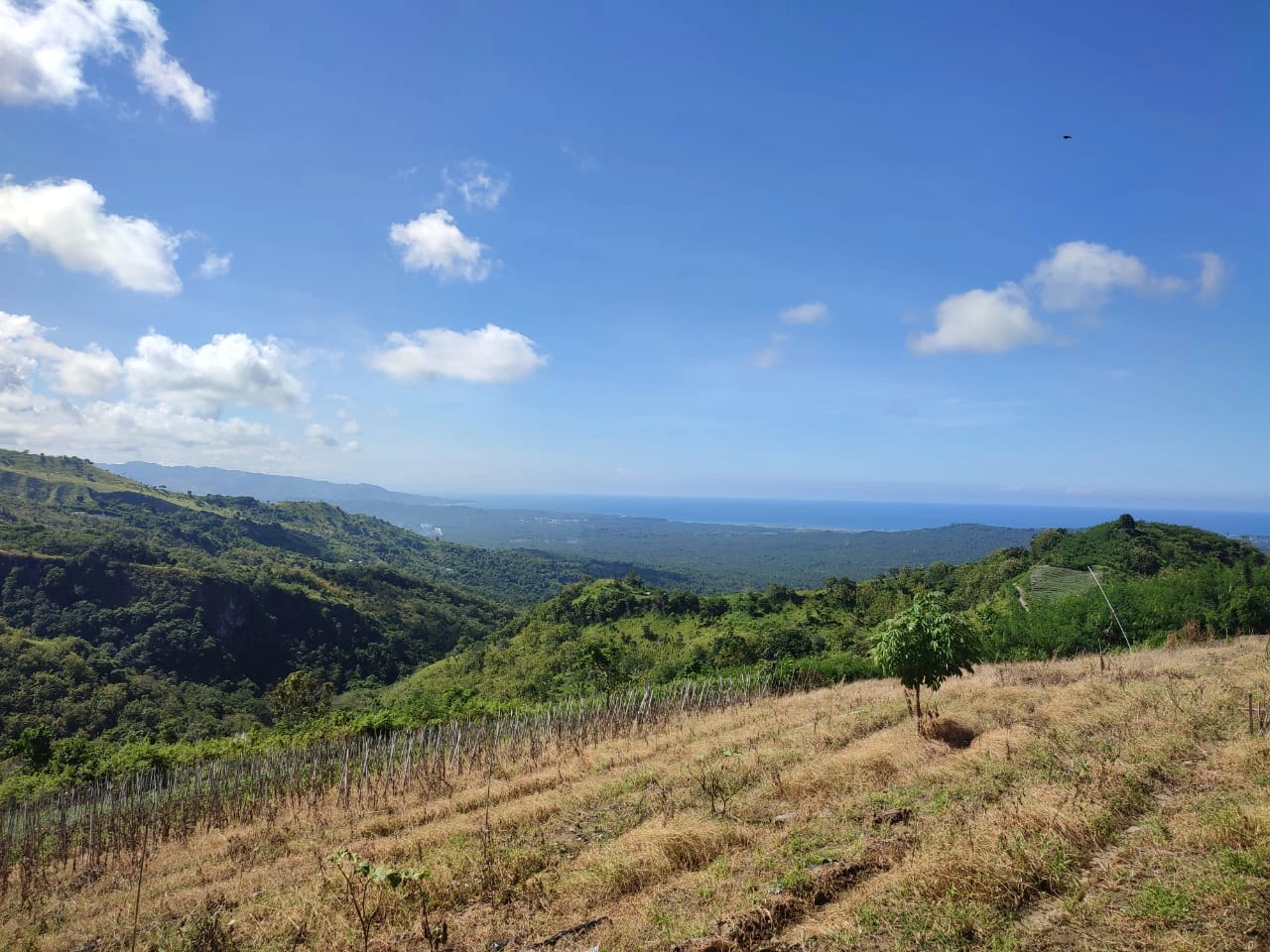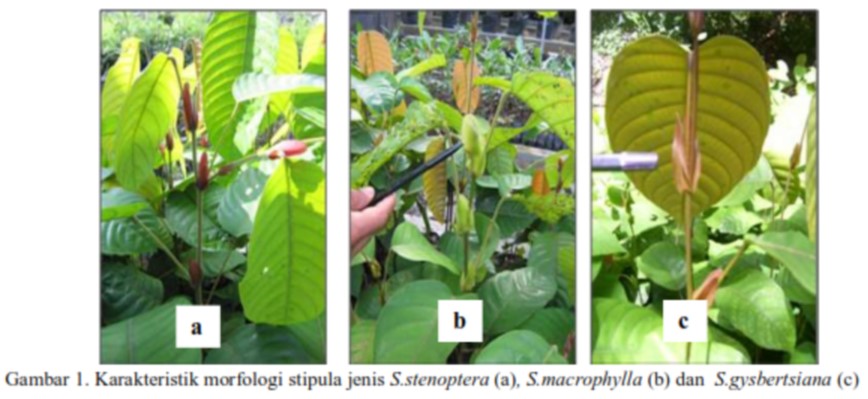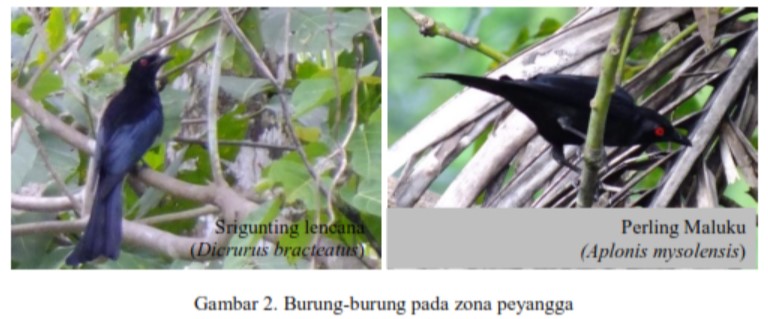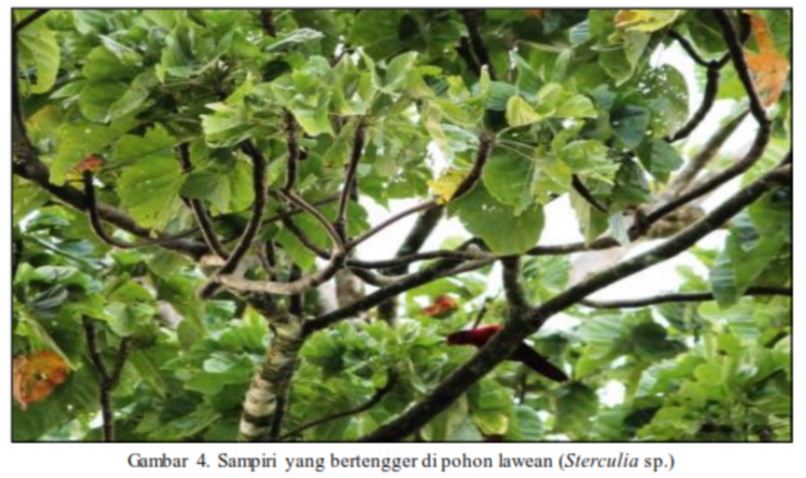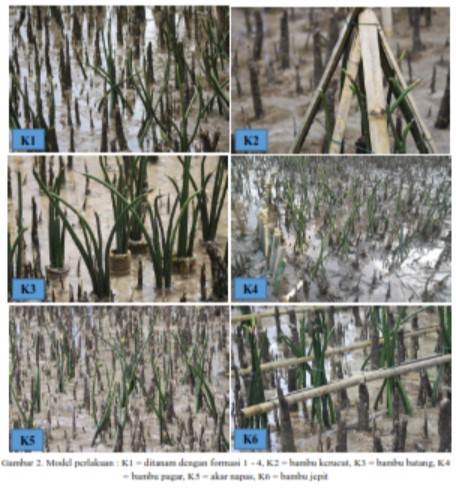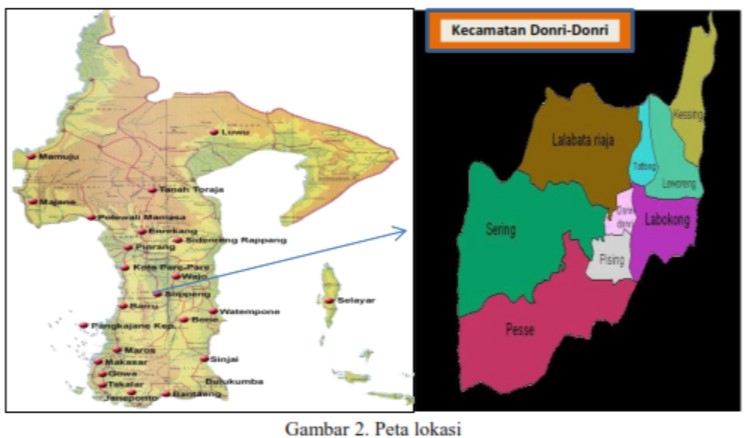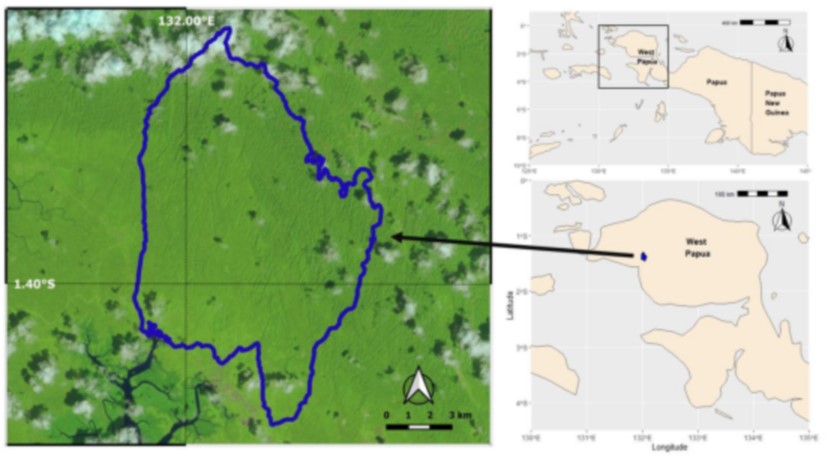Analysis of Characteristics and Typology of Mapili Watershed West Sulawesi Province
Abstract
The multisectoral, multidisciplinary, multi-stakeholder and multidimensional watersheds problems are the consequences of multifunctional watersheds. The complexity of these problems demanding a system and management approach that appropriate with the characteristics and typology of the watershed. This study aims to analyze the characteristics and typology of Mapili watershed West Sulawesi Province. This research was conducted using surveys, primary, and secondary data collection. Application of geographic information system (GIS) with overlay maps and scoring was used. The results showed that Mapili biogeophysical characterization includes meteorology, morphology, morphometry, hydrology, watershed capability and socioeconomic, cultural and institutional characterization will influence the system of Mapili watershed management. Mapili watershed can be classified into two typology watershed, namely: typology II, which has a low total population density (97 people/km2) with high rainfall (>2500 mm/yr); and typology IV, which has a high total population density (377 people/km2) with low rainfall (<1500 mm/yr). Both typologies have different characteristics of watershed problems. Typology II is generally located in the central area and upstream Mapili and Typology IV are located in the downstream areas of Mapili watershed.
Copyright (c) 2018 Jurnal Wasian

This work is licensed under a Creative Commons Attribution-NonCommercial 4.0 International License.
Copyright and License
All articles published in Wasian Journal are the property of the authors. By submitting an article to Wasian Journal, authors agree to the following terms:
-
Copyright Ownership: The author(s) retain copyright and full publishing rights without restrictions. Authors grant the journal the right to publish the work first and to distribute it as open access under a Creative Commons Attribution 4.0 International License (CC BY 4.0).
-
Licensing: Articles published in Wasian Journal are licensed under a Creative Commons Attribution 4.0 International License (CC BY 4.0). This license allows others to share, copy, and redistribute the material in any medium or format, and adapt, remix, transform, and build upon the material for any purpose, even commercially, provided that proper credit is given to the original author(s) and the source of the material

This work is licensed under a Creative Commons Attribution 4.0 International License. -
Author's Rights: Authors are permitted and encouraged to post their work online (e.g., in institutional repositories or on their website) prior to and during the submission process, as it can lead to productive exchanges and greater citation of published work.
-
Third-Party Content: If your article contains material (e.g., images, tables, or figures) for which you do not hold copyright, you must obtain permission from the copyright holder to use the material in your article. This permission must include the right for you to grant the journal the rights described above.
-
Reprints and Distribution: Authors have the right to distribute the final published version of their work (e.g., post it to an institutional repository or publish it in a book), provided that the original publication in Wasian Journal is acknowledged.
For the reader you are free to:
- Share — copy and redistribute the material in any medium or format for any purpose, even commercially.
- Adapt — remix, transform, and build upon the material for any purpose, even commercially.
- The licensor cannot revoke these freedoms as long as you follow the license terms.
Under the following terms:
- Attribution — You must give appropriate credit , provide a link to the license, and indicate if changes were made . You may do so in any reasonable manner, but not in any way that suggests the licensor endorses you or your use.
- No additional restrictions — You may not apply legal terms or technological measures that legally restrict others from doing anything the license permits.
Notices:
You do not have to comply with the license for elements of the material in the public domain or where your use is permitted by an applicable exception or limitation .
No warranties are given. The license may not give you all of the permissions necessary for your intended use. For example, other rights such as publicity, privacy, or moral rightsmay limit how you use the material.
Most read articles by the same author(s)
- Wahyudi Isnan, Nurhaedah Muin, Nur Hayati, Perception and Motivation of Farmers in the Development of Natural Silk Business in Soppeng Regency Sulawesi Selatan , Jurnal Wasian: Vol. 6 No. 1 (2019): June

